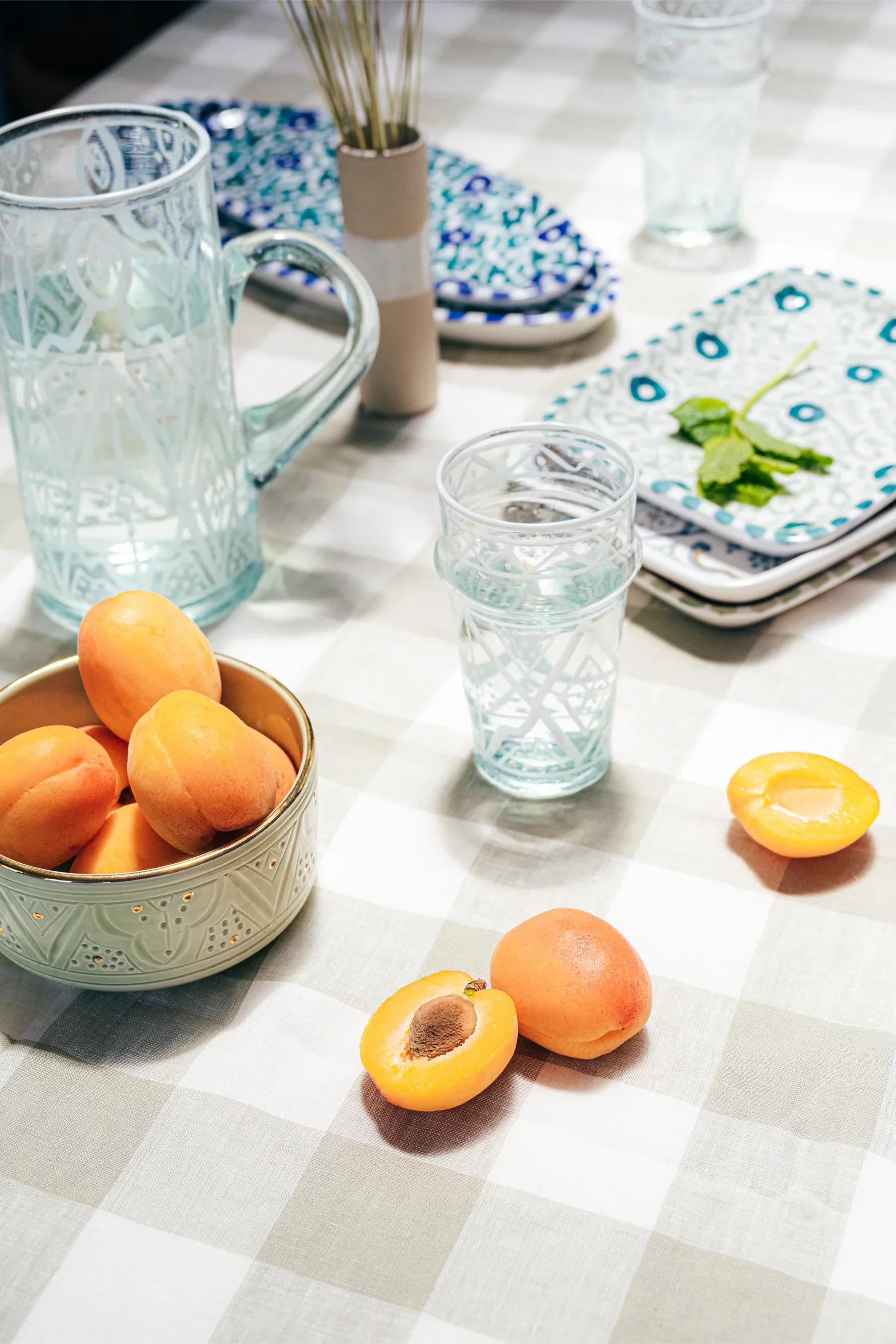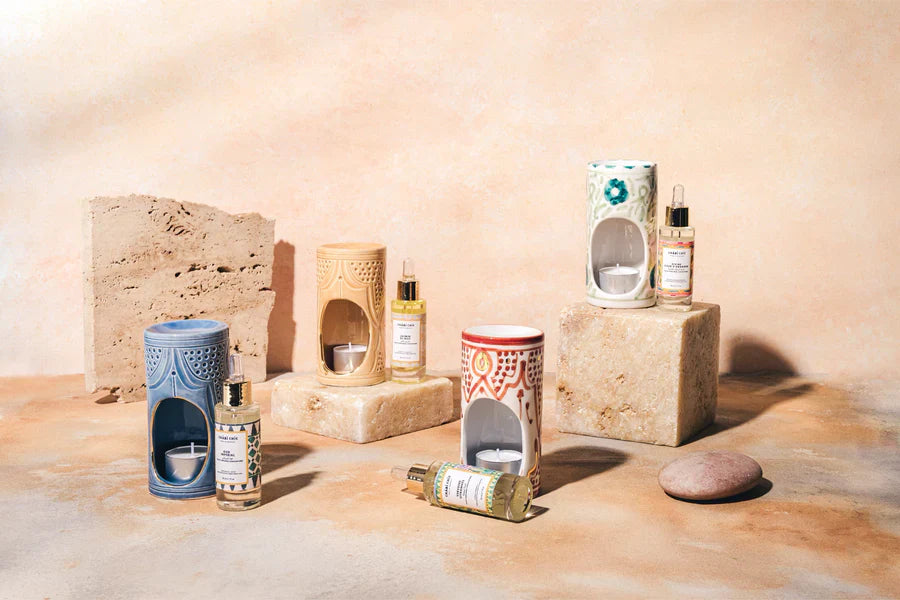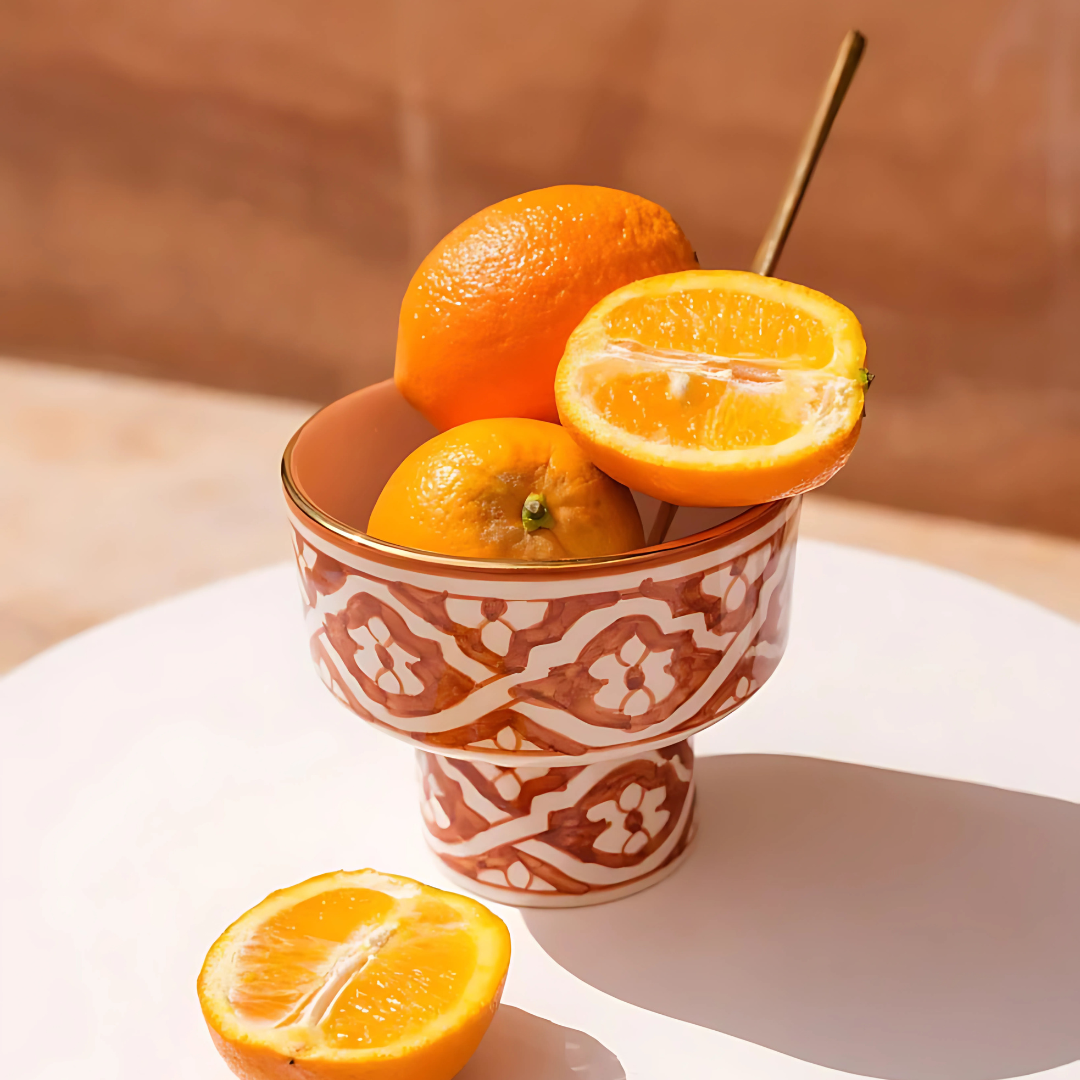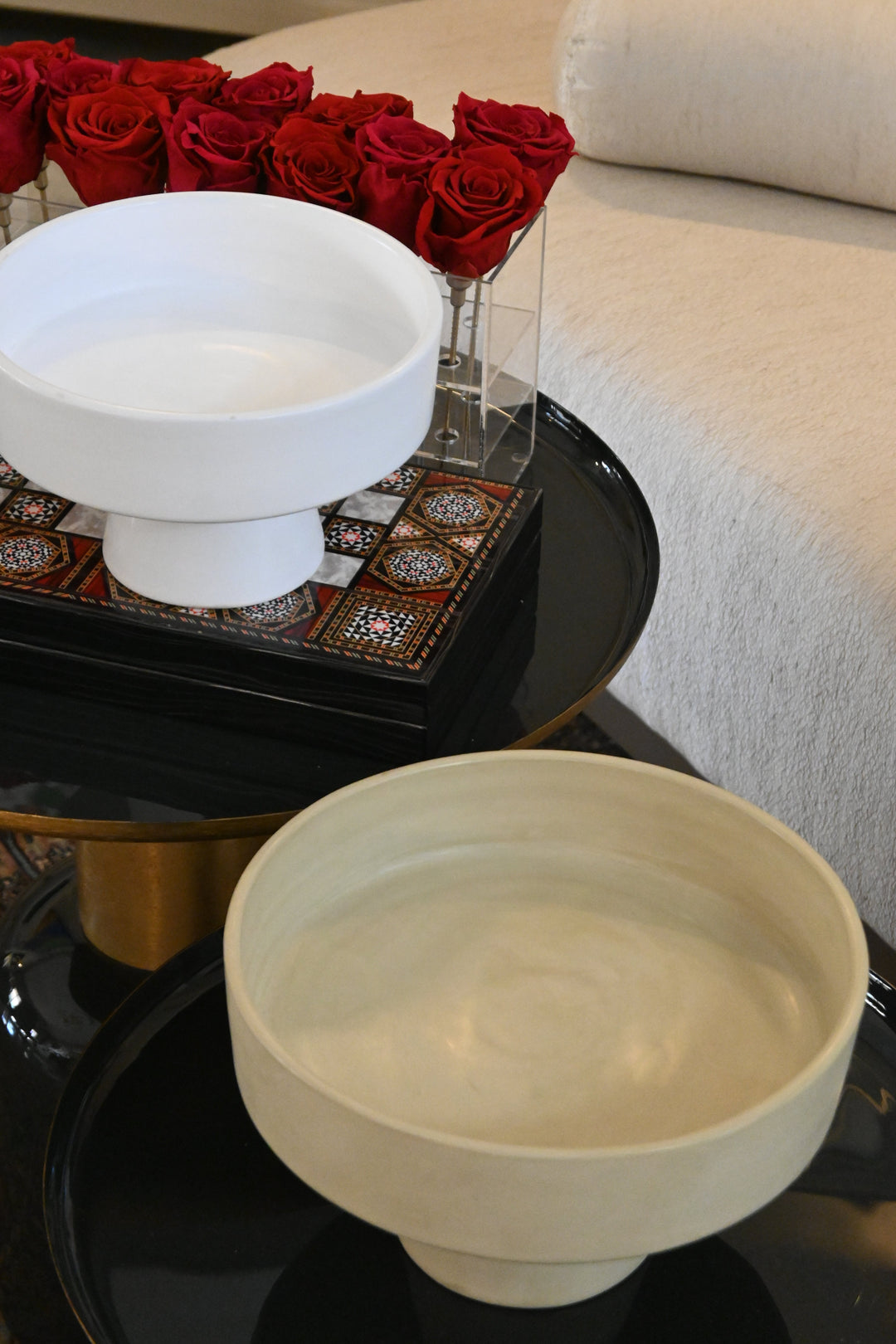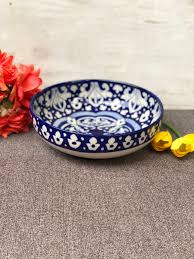Ceramics vs Pottery: Understanding the Key Differences
When discussing tableware, decor, and artistic creations, the terms ceramics and pottery are often used interchangeably. While they share similarities, they differ in materials, techniques, and cultural significance. Understanding these distinctions can help you choose the right products for your needs, whether for functional kitchenware or artistic expression.
Shop: Ceramic Products
Materials: The Composition of Ceramics vs Pottery
What Are Ceramics?
Ceramics refer to a broad category of objects made from non-metallic minerals hardened through heat. These include porcelain, stoneware, earthenware, and even tiles and bricks. Ceramics can be glazed or unglazed, and their durability depends on the firing temperature and composition.
What Is Pottery?
Pottery is a subset of ceramics that specifically refers to objects made from clay and fired at various temperatures. It includes three main types: earthenware, stoneware, and porcelain. Unlike other ceramics, pottery is almost exclusively handcrafted and used for functional or decorative purposes.
Techniques: How Ceramics and Pottery Are Made
Ceramic Production Techniques
- Industrial Manufacturing: Many ceramics are mass-produced using molds and machinery for precision and uniformity.
- Kiln Firing: Ceramics are subjected to extremely high temperatures, often exceeding 2,000°F, to achieve strength and durability.
- Glazing: A glass-like coating is applied to improve appearance and functionality, making items water-resistant and visually appealing.
Pottery Crafting Techniques
- Hand-Thrown on a Wheel: A common traditional method where potters shape clay using a spinning wheel.
- Hand-Built Techniques: Methods like coiling, slab building, and pinching allow artisans to create unique, one-of-a-kind pieces.
- Lower Temperature Firing: Pottery is often fired at lower temperatures compared to industrial ceramics, making it slightly more porous unless glazed.

Shop: Home Decor and Vases
Uses: Where Ceramics vs Pottery Fit in Daily Life
How Ceramics Are Used
- Dinnerware & Tableware: High-end porcelain and stoneware are common in households and fine dining establishments.
- Tiles & Home Decor: Ceramic tiles are widely used for flooring and wall treatments due to their durability and water resistance.
- Industrial Applications: From medical implants to aerospace components, ceramics play a crucial role in modern technology.
Common Uses of Pottery
- Handmade Dinnerware: Rustic, handmade bowls, mugs, and plates that add character to dining experiences.
- Decorative Pieces: Pottery vases, sculptures, and traditional clay figurines enhance home decor.
-
Cultural and Artistic Creations: Many cultures continue to preserve traditional pottery-making techniques as a form of heritage and artistic expression.
Shop: Star-light Shaped Serveware
Historical and Cultural Significance
Ceramics Throughout History
Ceramics, from ancient Chinese porcelain to Roman mosaics, have been used for thousands of years. Their durability has made them a staple in construction, art, and everyday life.
The Cultural Importance of Pottery
Pottery has deep cultural roots, often representing traditions and artistic practices unique to different civilizations. Indigenous communities around the world still create pottery using time-honored techniques passed down through generations.
Conclusion: Choosing Between Ceramics vs Pottery
While ceramics vs pottery share commonalities, their differences in materials, techniques, and applications set them apart. Ceramics encompass a broader range of items, including industrial products, while pottery remains an artisanal craft rooted in tradition. Whether selecting functional dinnerware or decorative items, understanding these distinctions can enhance appreciation for both art forms and their enduring significance.
Shop: Dinnerware & Serveware


